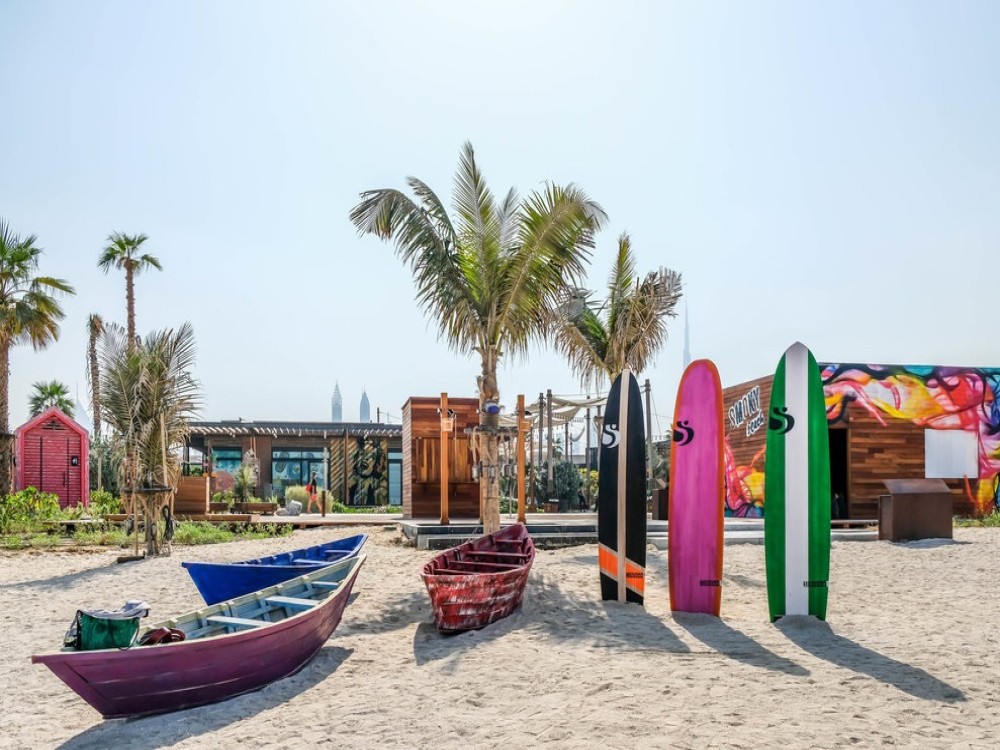- United Arab Emirates
- Things to do in Dubai
- Exploring Dubai’s Cultural Side: Museums, Mosques, and Historical Neighborhoods
Exploring Dubai’s Cultural Side: Museums, Mosques, and Historical Neighborhoods
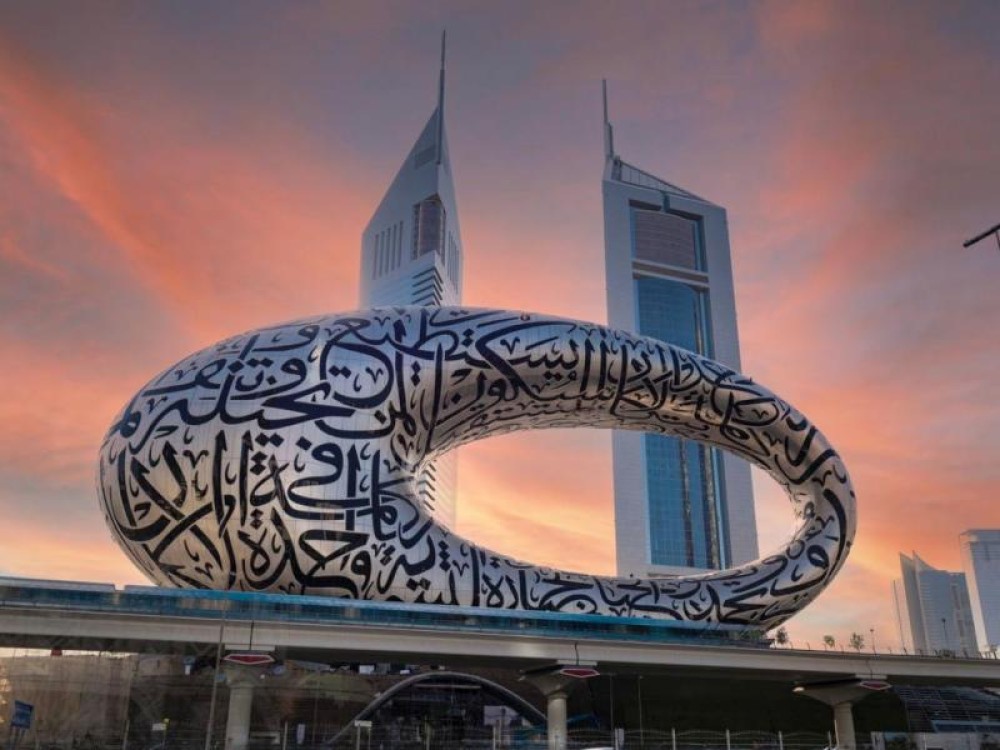

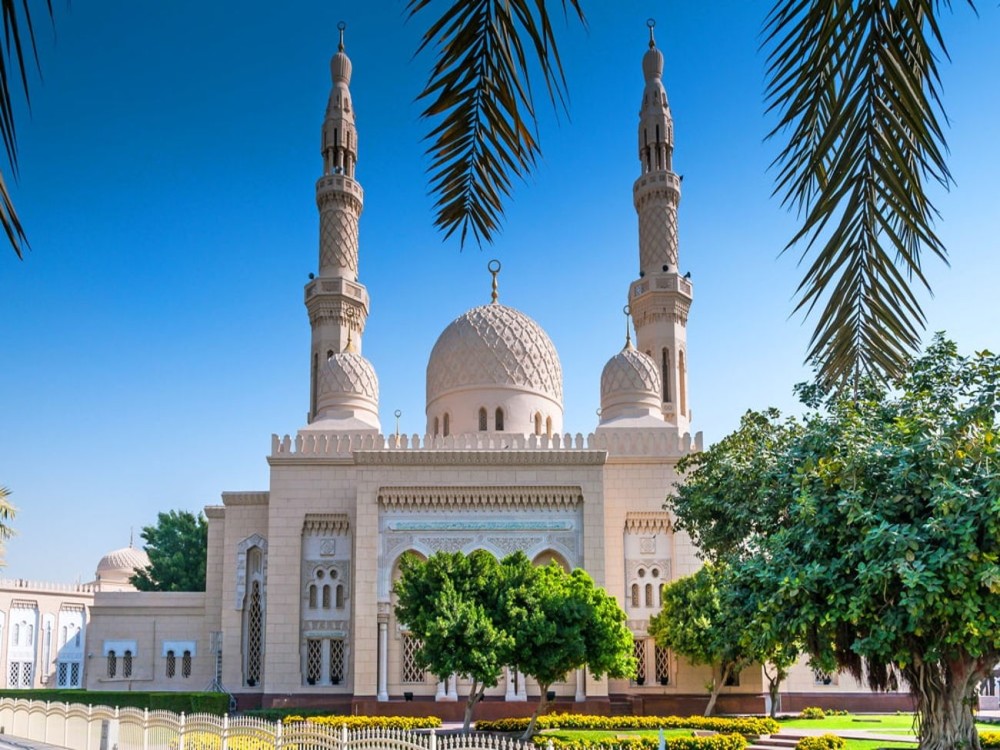
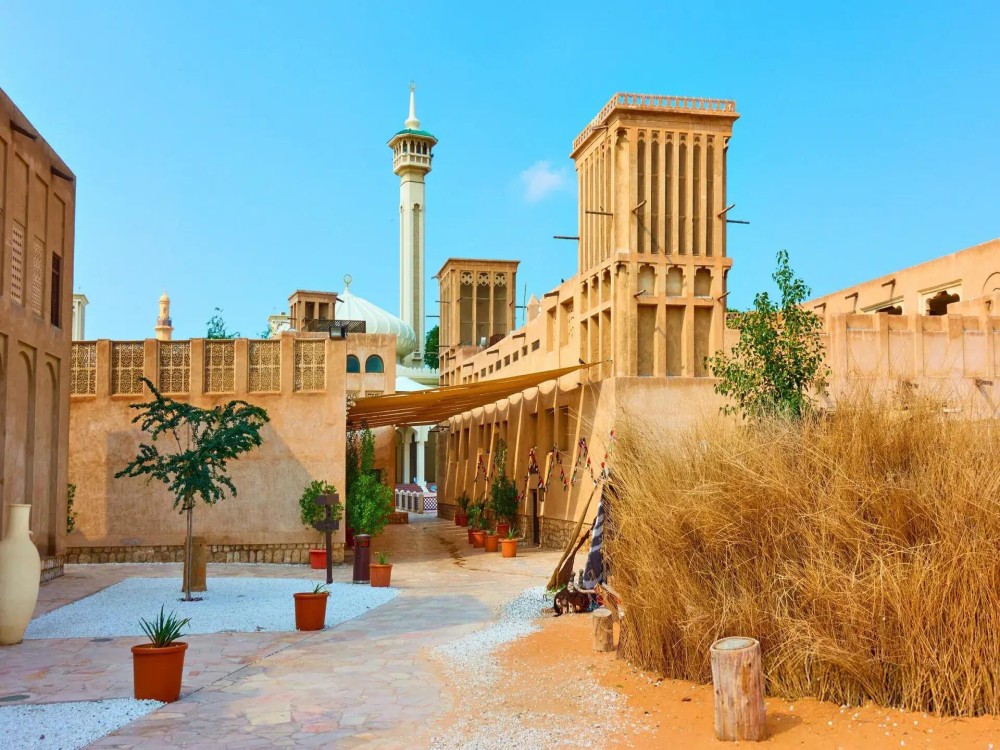
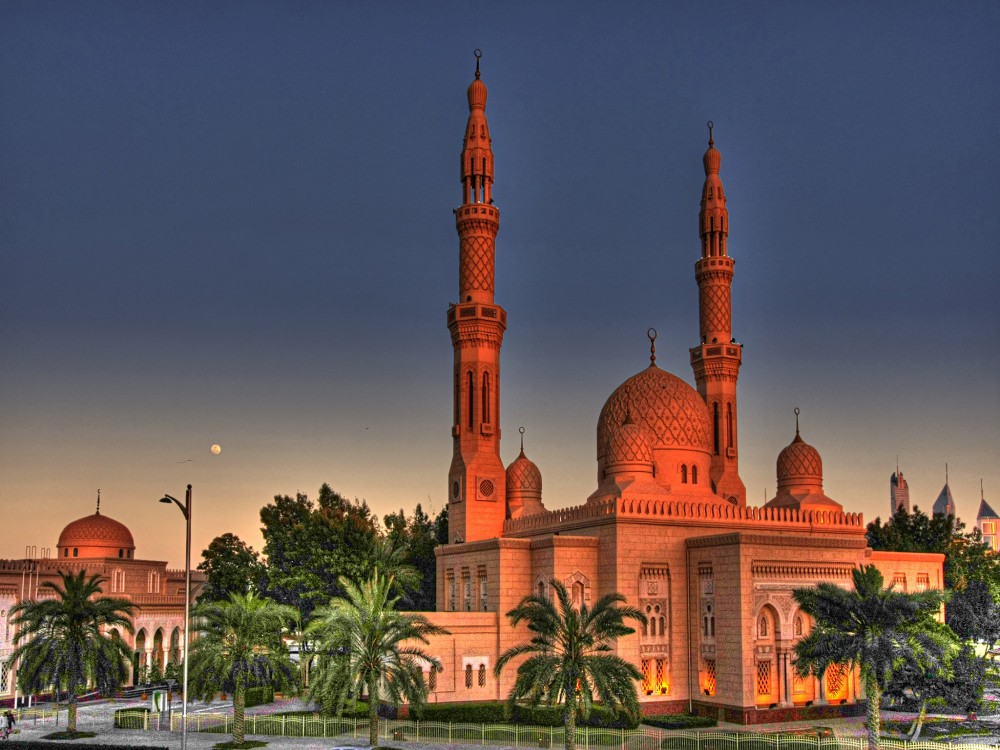
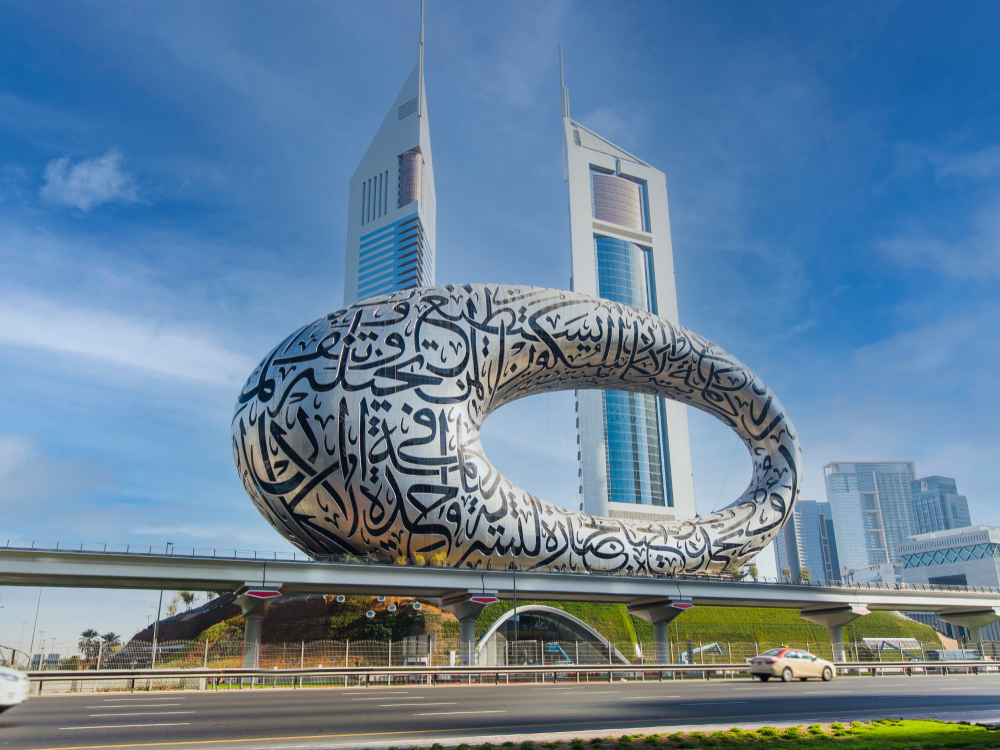
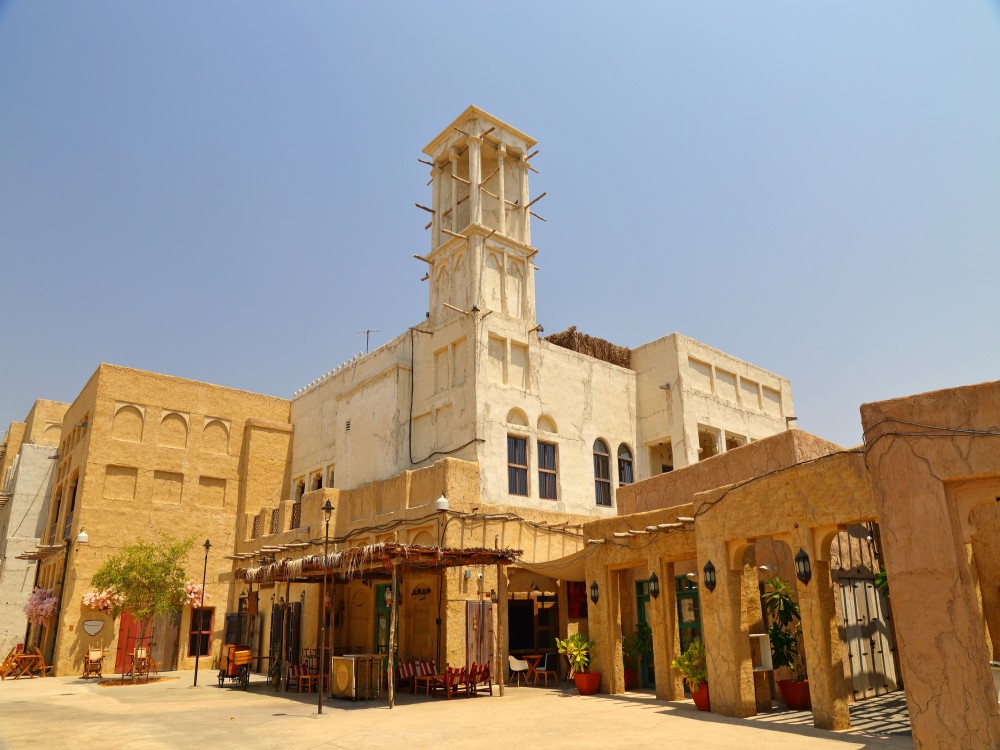
While Dubai is often associated with ultramodern skyscrapers and luxury shopping, its rich cultural heritage offers a fascinating glimpse into the city’s past. Beyond the glitz and glamour, Dubai’s museums, mosques, and historic neighborhoods showcase the emirate’s journey from a humble fishing village to a global metropolis. Exploring these cultural landmarks provides travelers with a deeper appreciation of Dubai’s traditions and history.
Dubai Museum: A Gateway to the Past
Housed in the 18th-century Al Fahidi Fort, the Dubai Museum offers an engaging introduction to the city’s history. The museum displays artifacts dating back to the Bronze Age, as well as exhibits on traditional Bedouin life, pearl diving, and the city’s rapid transformation after the discovery of oil. One of the highlights is the life-size diorama of an old souk, complete with realistic sounds and lighting. Visitors can explore various galleries that depict Dubai’s pre-oil economy and its relationship with the sea and desert. Entry is affordable, making it an ideal starting point for anyone interested in understanding Dubai’s roots.
Jumeirah Mosque: A Symbol of Islamic Architecture
One of the most beautiful mosques in Dubai, Jumeirah Mosque is a must-visit for those keen on learning about Islamic culture. Built entirely from white stone, the mosque’s architecture is a stunning example of the medieval Fatimid style, with intricate carvings and towering minarets. What sets Jumeirah Mosque apart is its openness to non-Muslim visitors. Guided tours, offered by the Sheikh Mohammed Centre for Cultural Understanding, provide insights into Islam, Emirati culture, and religious practices. Visitors should dress modestly, covering their shoulders and knees. Women are required to wear a headscarf, which is usually provided at the entrance.
Al Fahidi Historical Neighborhood: A Walk Through Time
Also known as Al Bastakiya, the Al Fahidi Historical Neighborhood is one of the oldest parts of Dubai. This charming district is characterized by narrow lanes, traditional wind-tower houses, and art galleries. Strolling through its alleyways feels like stepping back in time, offering a stark contrast to the futuristic skyline visible in the distance. Visitors can explore cultural attractions such as the Coffee Museum, which showcases the region’s coffee heritage, and the Sheikh Mohammed Centre for Cultural Understanding, where they can join cultural meals and Q&A sessions about Emirati traditions. Be sure to take time to visit the local art galleries and shops selling traditional crafts.
Tips for a Cultural Tour
When exploring Dubai’s cultural landmarks, it’s important to observe local customs and etiquette. Modest clothing is essential when visiting mosques and traditional sites—men should wear long pants, while women should cover their shoulders and knees. Comfortable footwear is recommended, especially for walking tours in Al Fahidi. Joining a guided tour can greatly enhance the experience, as knowledgeable guides provide historical context and answer questions about Emirati culture. Additionally, carrying a bottle of water is a good idea, as temperatures can rise, even during cooler months.
Conclusion
Exploring Dubai’s cultural side offers a refreshing break from its modern attractions, allowing travelers to connect with the city’s rich heritage. Whether you’re marveling at the architecture of Jumeirah Mosque, immersing yourself in history at Dubai Museum, or wandering through the narrow streets of Al Fahidi, these cultural landmarks reveal a side of Dubai that is often overlooked. By taking the time to visit these sites and learn about local customs, travelers can gain a well-rounded perspective on what makes this city truly unique.
You may also like these
Exploring Dubai’s Cultural Side: Museums, Mosques, and Historical Neighborhoods
While Dubai is often associated with ultramodern skyscrapers and luxury shopping, its rich cultural heritage offers a fascinating glimpse into the city&rsquo...
Day Trips from Dubai: Beyond the City
While Dubai dazzles with its iconic skyscrapers, luxurious malls, and world-class attractions, venturing beyond the city offers travelers a deeper look into ...
The Best Beaches in Dubai: Relaxation and Watersports
Dubai, known for its luxurious lifestyle and ultramodern skyline, also boasts an array of beautiful beaches that cater to every type of traveler. Whether you...
Copyright © 2025 All Rights Reserved




